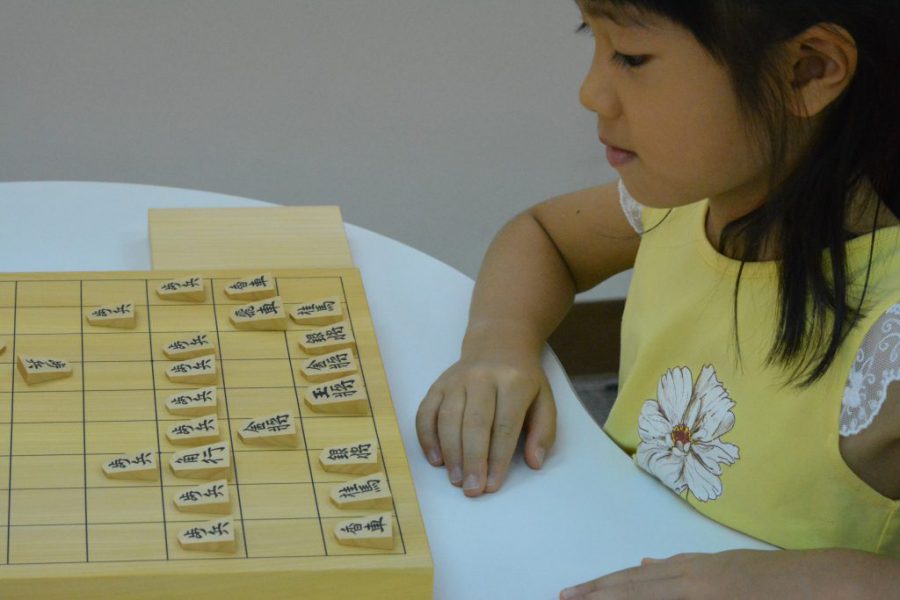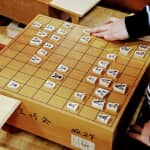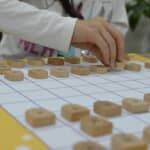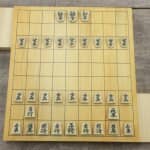Shogi 26 May 2017
Teamwork Learned from Shogi
I am ashamed to say that after having a job, at last I came to understand that we couldn’t live alone. Supposedly, club activities during the school days could be possible opportunities in which many people might learn the appreciation towards people around or the importance of teamwork. In Japan, there is a high school baseball tournament as a summer tradition. Players fight hard together impressively!
You may view on Shogi as a game played silently. Not a few can’t even imagine that Shogi has something to do with teamwork. Actually, Shogi, a solitary game, creates a sense of teamwork.

A teamwork existing in Shogi is coordination among pieces. When you play a standard Shogi game, you will have 20 pieces, one Gyoku (King), one Hisha (Rook) and one Kaku (Bishop), two pieces of Kin (Gold), Gin (Silver), Kei (Knight) and Kyo (Lance), and then 9 pieces of Fu (Pawn). You need to let these 20 pieces collaborate effectively with each other so as to capture the opponent’s Gyoku. By the way, when two players have difference in Shogi skills, they can play a handicap game named “Koma Ochi” in Japanese in which a handicap giver removes some pieces from the original position. Even though handicap givers have fewer pieces, they can win a game with abilities to put pieces in their hand work effectively.
From this point of view, competent Shogi players might have great abilities to align all pieces effectively, and that means they are very good at cultivate feelings of teamwork. It could be said that Shogi is out of the world among the other teamwork mind sports.



